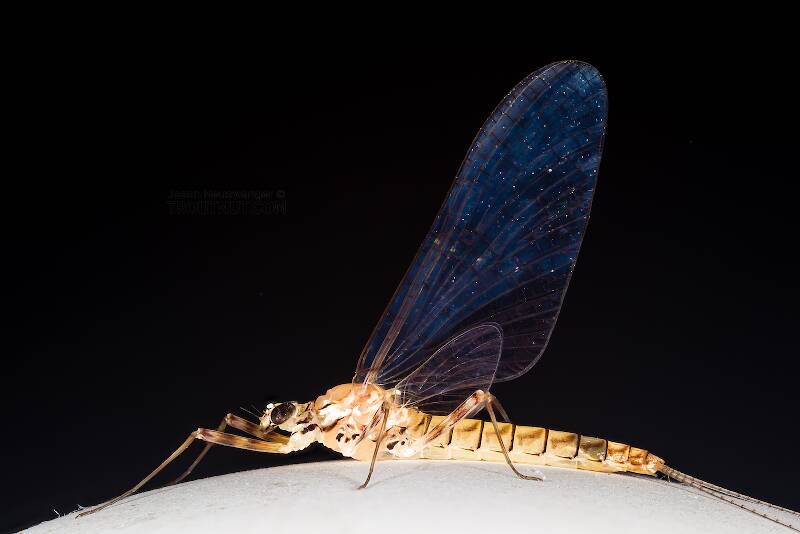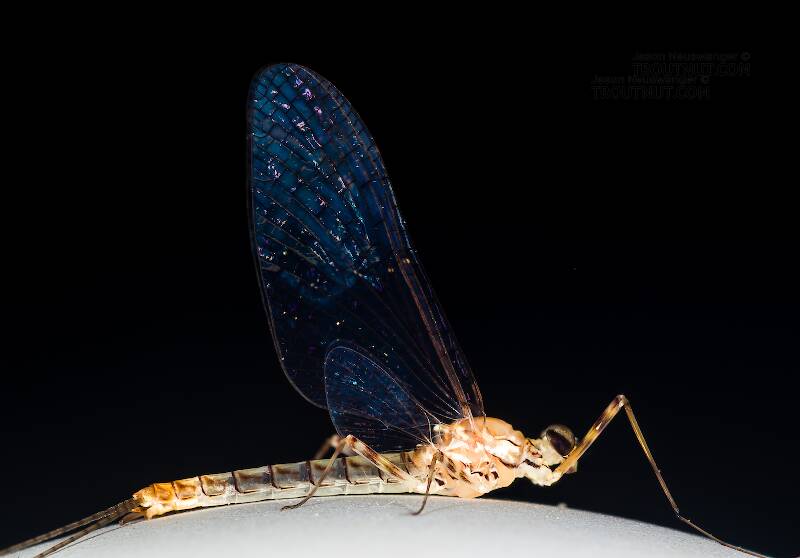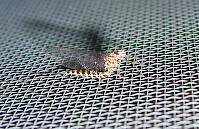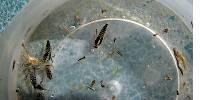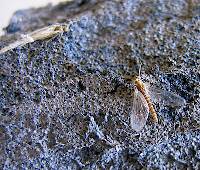
Salmonflies
Pteronarcys californica
The giant Salmonflies of the Western mountains are legendary for their proclivity to elicit consistent dry-fly action and ferocious strikes.
Featured on the forum

Troutnut is a project started in 2003 by salmonid ecologist Jason "Troutnut" Neuswanger to help anglers and
fly tyers unabashedly embrace the entomological side of the sport. Learn more about Troutnut or
support the project for an enhanced experience here.
This topic is about the Mayfly Genus Cinygma
This uncommon Western genus is closely related to Cinygmula. It rarely provides good hatches.Example specimens
Bnewell on Jul 15, 2011July 15th, 2011, 12:20 pm EDT
Perhaps one reason Cinygma mayflies do not create much interest for fishermen is because of their habit. They seem to prefer these small headwater streams, often streams without trout.
Troutnut on Jul 15, 2011July 15th, 2011, 12:23 pm EDT
Thanks Bob. I've never seen one of them and wondered where I might find them. There are records of two species of Cinygma in the Fairbanks area, though, so I'll keep a close eye out for them in my samples and maybe try some little headwaters.
Jason Neuswanger, Ph.D.
Troutnut and salmonid ecologist
Troutnut and salmonid ecologist
Entoman on Jul 19, 2011July 19th, 2011, 11:00 pm EDT
It's interesting that it is perching like an ephemerillid.
"It's not that I find fishing so important, it's just that I find all other endeavors of Man equally unimportant... And not nearly as much fun!" Robert Traver, Anatomy of a Fisherman
Quick Reply
Related Discussions
Topic
Replies
Last Reply
2
Jul 9, 2018
by Martinlf
by Martinlf
1
Jul 22, 2006
by Taxon
by Taxon
Re: Which aquatic insects are most vulnerable to pollution???
In the Identify This! Board by Byhaugh
In the Identify This! Board by Byhaugh
4
Aug 14, 2014
by Lastchance
by Lastchance
2
Aug 2, 2019
by Crepuscular
by Crepuscular
3
Jun 17, 2017
by JohnR
by JohnR




